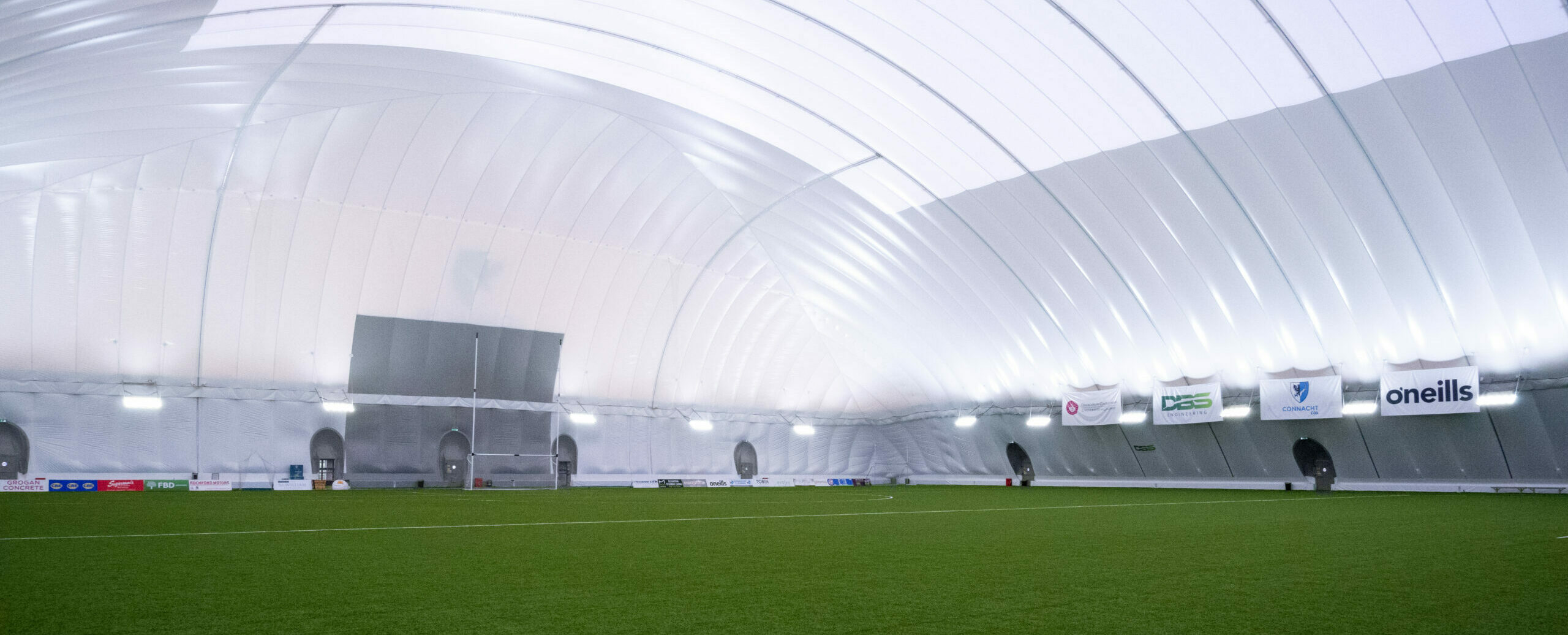
As 2023 SGD Champion, the University of Galway Connacht GAA Air Dome is a beacon of sustainable innovation for Ireland. In this SDG Champion Edition, Cois Coiribe asks the team about its partnership with University of Galway, its dynamic Green Clubs programme and the complexities of managing the world’s largest sports air dome – a versatile indoor facility, accessible to clubs and visitors throughout the region and beyond.
Cois Coiribe: We’re here today in the world’s largest sports air dome. How does this structure operate?
Kurt Reinhardt: The dome is a structure made of canvas that stretches upwards from a knee-height concrete base. We control the air flow through negative pressure, using various blowers placed around the perimeter of the dome. If there is 900 Pa (unit of pressure) outside the dome, there will be 300 Pa inside.
If we were to build a structure of this size using standard building practices, we would be looking at upwards of €30 million but we delivered this dome at €3.1 million. From a sustainability point of view, we manage the dome’s energy in different ways, primarily through 1000 solar panels installed onsite. We also control the air pressure in an economical way, depending on weather conditions. The dome is a smart structure with 4000+ IP addresses; your laptop for example, only has one IP address. So, every light bulb and sensor brings our attention to different environmental challenges. We have our own weather station that also helps us make decisions around energy.
We have been thinking about renewable energy for a long time now. In 2011, when we built the main building, we installed a 72,000-litre rainwater harvesting tank. That rainwater is now used throughout our lavatories. We upgraded our sensors to help conserve water in 2019, allowing us to run the overall toilet system on the one tank.
Cois Coiribe: Is it fair to say that Connacht GAA is leading in sustainability since the development of this new structure?
KR: Given that it’s the world’s largest sports air dome, it is a leader in its own right. We have 210 clubs in Connacht, and they come here for advice, whether that’s coaching, administration or now, renewable energy. Our site is unusual as an 85-acre site with programmes in sustainable energy, transport, waste management and biodiversity. We plan to ban single-use plastic by 2024. We have bee hives and bug hotels, two kilometres of natural walkway and 13,000 native trees planted. What I’m saying is: it’s not all about the big-ticket items. Small steps make a difference. For example, we recently banned black rubbish bags, so that we can see what’s in the waste. This helps us understand how best to drive policy and change behaviours amongst our staff and visitors.
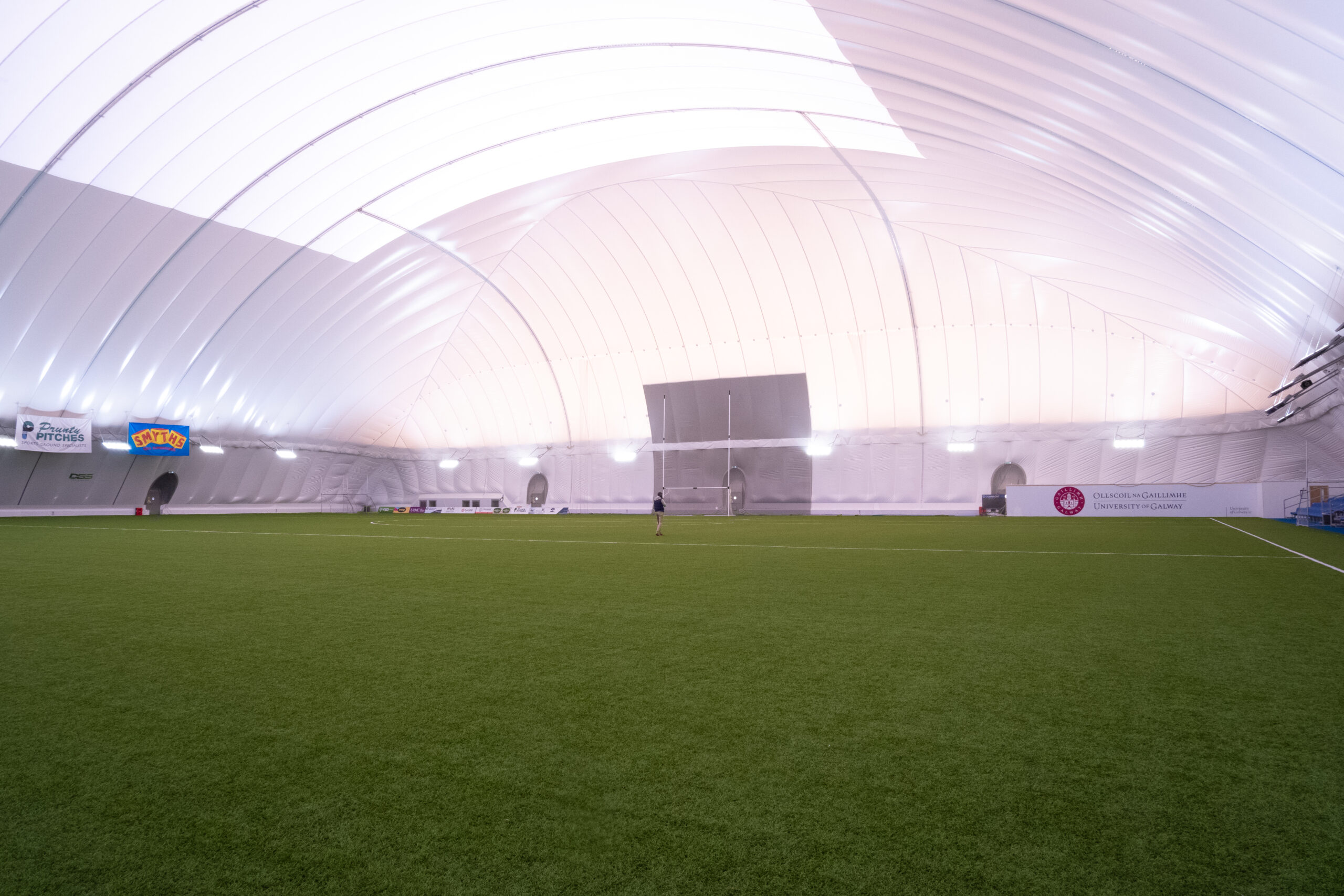
We have seen a fourfold increase in footfall, and human behaviour affects resource management. We are supported here by people employed in the back-to-work scheme, and we work hard to place them in recognised positions in the centre. That respect makes for happier people and better outputs. We also think about all aspects of waste, from plastic bottles to ammonia levels in sewage. There is nothing more sobering than the air dome energy bill. Part of our community outreach is helping people understand their ESB bill, and possible savings. Our entire 85-achre site here is powered by data. When I arrive in the morning, the platform will tell me the weight and number of rubbish bins on site. A light-weight bag of rubbish suggests that we’re not segregating the waste enough. That data then drives practical policy and change. In the last 12 months, we’ve gone from recycling 26% to 54% of our waste. That’s huge considering the jump from 40,000 to 182,000 visitors.
We have created a 10-year master plan with our sustainable energy community here in Connacht. That plan has a value of €2.8 million. Translated back into our games, that will allow us to continue free access to all our education bodies. For example, none of the children training here pay to use the facilities, but a revenue stream is needed to continue this. Our sponsors and profit centres see the value of the coffee shop and the medical centre, and their significance to the accessible GAA culture.
For phase two, we will install three 30-kilowatt wind turbines. The dome and flood lights are all backed up with hydrogenated vegetable oil. We are not entirely carbon-neutral because visitor transport complicates that formula, but we are carbon-neutral in all other activities. Since automating our pitch markings with a solar-powered robot, the staff who used to do those jobs are now deployed to our waste programme.
Our social programmes around exercising and planting trees are also sometimes underestimated. Something Connacht GAA has done well is team sandwiches and believe me, that is fundamental to the social fabric of the region. You are able to measure the trees planted, but you can’t measure the smiles – that can’t be quantified.
John Prenty: The dome was a catalyst for sustainable change in all those other areas. Without the dome, we probably wouldn’t have been so quick to act on biodiversity, for example. This site is now a model to show other counties what is possible.
KR: We are a centrepiece for the national Green Clubs programme, and that emerged from the MOU signed between the government and the GAA. The ‘SDG Champion’ designation from the UN has also been a driver of change.
Cois Coiribe: How has the dome benefited players and the local community?
Cathal Cregg: We don’t have the best weather in the West of Ireland, and we used to struggle to get pitches for games due to the rain. Over the last couple of months, we’ve seen clubs from other counties use our indoor space. A high volume of secondary school games is also played here throughout the year. So, there is now a large cohort of players enjoying world-class facilities that may otherwise have been left without a venue.
Another factor is coach education. Prior to the dome, the weather wouldn’t allow for practical sessions throughout winter, during the coaches’ downtime. We had a national coaching conference here 18 months ago and we have two more coming up, with have a few hundred in attendance. We have our national academy days in the summer, with county teams playing blitzes against each other. We also hosted both GAA Féiles here, and a range of competitions over the years including the Sigerson Cup and the Ashbourne Cup. So, players from all over Ireland have benefited.
The last piece is our sports science area where Daniel Ford, our Strength & Conditioning Officer, oversees fitness testing and programme design for players at all levels, particularly academy squad players and adult club players. Our fee is very inexpensive compared to other providers.
Cois Coiribe: Young girls start playing Gaelic Football at an early age but their interest tends to drop off in their teen years. Can facilities like these help girls stay active in sports?
CC: Of course. For both girls and boys, these facilities can give players an overall positive experience of the GAA. While we don’t directly facilitate the (LGFA) Ladies’ Gaelic Football Association at the moment, we’re hoping that this will happen in the near future. We have lots of LGFA and Camogie activity.
KR: Around 60% of our numbers here are made up of LGFA and Camogie players. For example, we’re hosting the Connacht Camogie finals here this weekend.
CC: A large bulk of our coaching also goes toward primary schools, benefiting players across genders. One of our flagship projects is Cúl Camps – 200+ camps for boys and girls throughout the province every summer. There is a near-50:50 split there. We’re very passionate about promoting the games to all players, and the sooner we have equal opportunity, the better.
Cois Coiribe: Do you anticipate a continued increase in visitors?
JP: We built the dome mainly to cater for school games and coaching, but now we have visitors from across the country. We have kids coming from all different regions and backgrounds, with different abilities. We recently hosted 110 U10 kids from Portumna; we put on the music from the Sunday game, and they came running in through the tunnel.
KR: We’ve had 182,000 visitors in the last 12 months. Players and visitors come to experience the world’s largest sports air dome; it’s a unique experience. It’s very fulfilling for them, and for us. One of the most fulfilling things for us is to sit on the side lines and watch those nurseries come in. We recently had three events that brought in 12,000 children to use the facilities.
CC: The dome is located right in the centre of Connacht, so accessibility is key. We’re seeing players visit from Dublin because it’s a drivable distance. We’ve also had successful events here including University of Galway events.
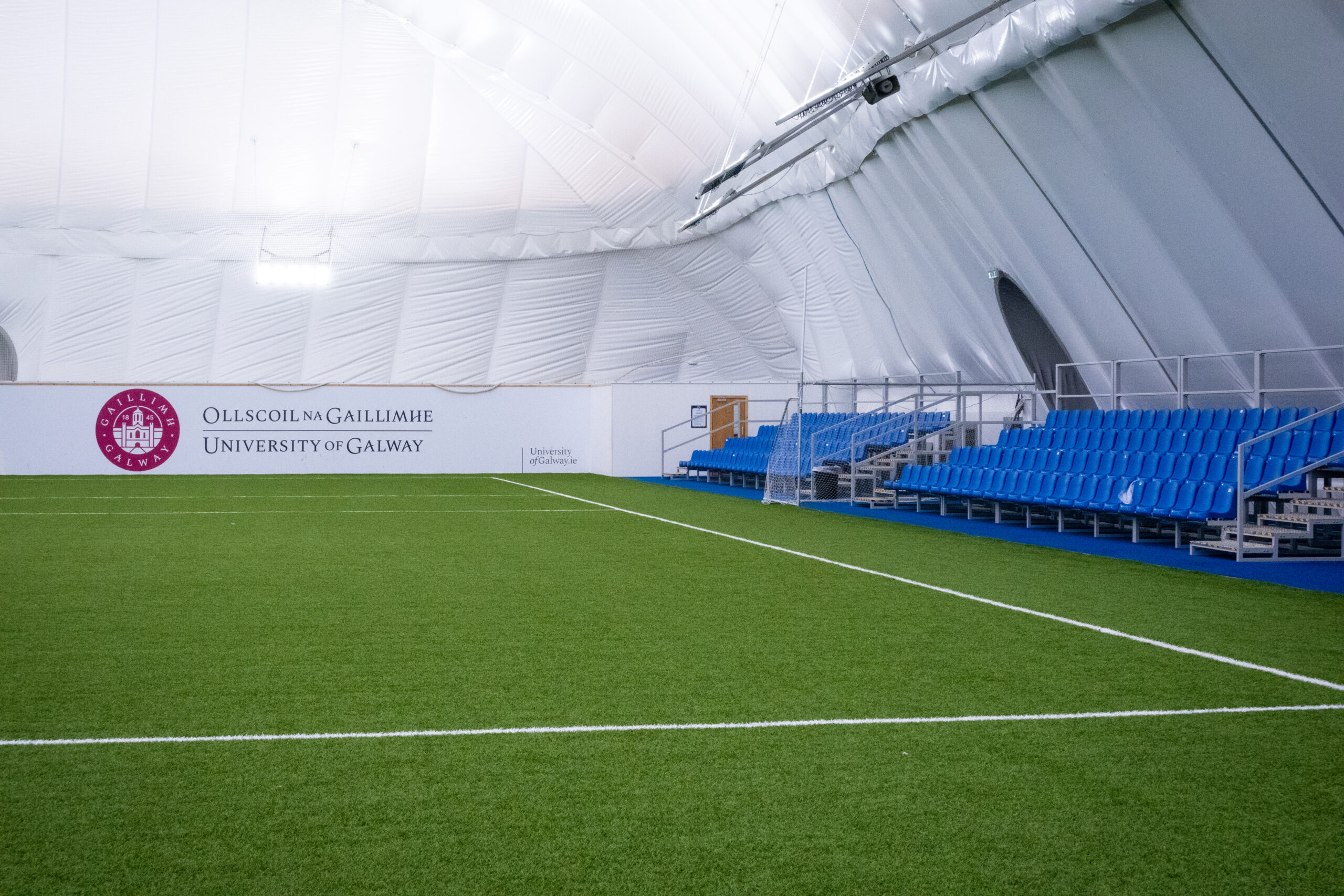
Cois Coiribe: Tell us about your partnership with University of Galway, and what this means for both the university and GAA communities.
JP: From day one, we wanted to partner with an educational institution and the biggest one in the province is University of Galway. There are 700+ students in the university playing GAA this year, and the air dome is available for all university clubs. School children from across the province come here to play GAA and the first thing they see when they enter is a University of Galway banner at the far end of the pitch. That’s bound to create an impression for aspiring players.
The partnership is also important for coaching education and research links, not to mention keeping the door open and the lights on. The air dome is for the Connacht region. It’s not a Mayo thing, it’s ultimately a national thing because it’s the only dome of its size in Ireland. We’re a leader in our field and we intend to lead into the future.
Cois Coiribe: Connacht GAA were designated as one of Ireland’s SDG champions this year. What are some of the key sustainable changes that supported this award?
KR: The government initially engaged Croke Park with a view to bring forward climate action, signing an MOU (a memorandum of understanding). In Connacht, a lot of our programmes were already underway. As the GAA moved into this space, they leveraged our progress across the programmes. That gave us a structure to follow in putting together the Green Clubs programme with the Health and Wellbeing department, allowing us to create an online toolkit for all clubs. In the next phase of the programme, we ran pilots here in partnership with the local authorities, the SEAI (Sustainable Energy Authority of Ireland) and the All-Ireland Pollinator Plan. We now have sustainable energy community models rolled out at County Board level.
The GAA has something that no other sport has; it has a network of over 2,000 clubs that are essentially the hub of nearly every community in Ireland. So, we have something special in that sense. Barcelona Football Club has visited with their facilities team as part of an Erasmus programme. We have also worked with FA Wales and FC Porto in various sustainability programmes.
The GAA is a 100-year-old structure, made up of community, clubs, county boards, provincial councils and Croke Park. That structure allowed us to test these models and make adjustments where needed. For example, over 77% of Mayo clubs now engage with Green Clubs. Similar models are now underway in Galway, Sligo, Cavan, Waterford and Wexford. The big-ticket items aren’t for everyone, but there are also other programmes in waste management and biodiversity that are applicable to all. Those small steps help build momentum.
We’re at a pivotal point now where 200+ clubs nationally signed up to Green Clubs. The programmes position Connacht as a leader to inspire people to do the right thing. Everyone gets down and out about climate change, but they can come here and see climate action. When you support Connacht GAA, you’re supporting more than the air dome. You’re supporting every county and every club around the province.
JP: We also have a physio centre where elderly people can do exercises. We’re in negotiations to get an MRI scanner, a DEXA scanner and an X-ray machine. That’s not for the GAA; that’s for the community. Everyone who invests in this place can see the value of that support.
Learn more about the University of Galway Connacht GAA Air Dome here.
SDGs discussed in this article:

Profiles
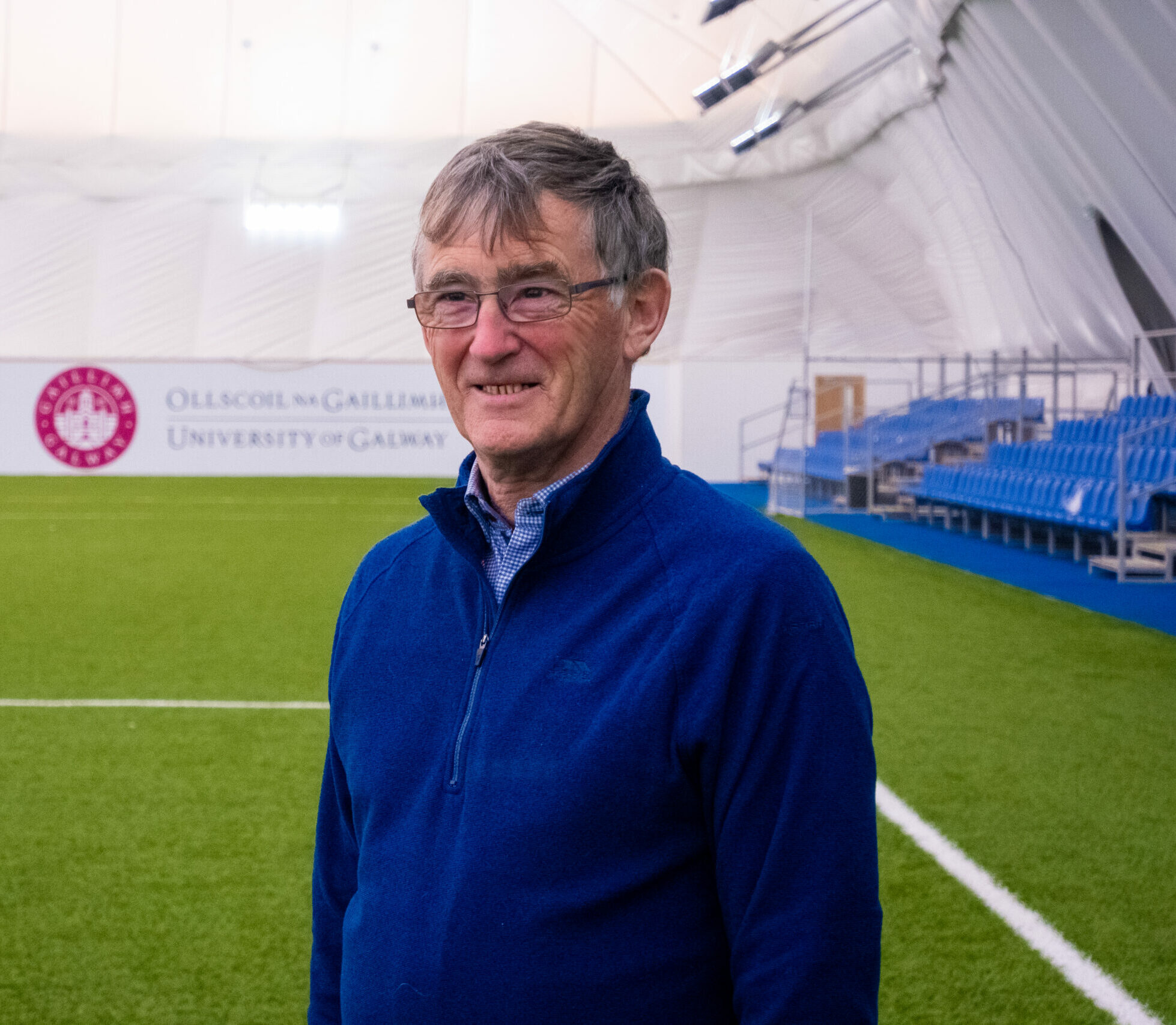
A native of Ballyhaunis, John Prenty graduated with a BA in 1974 and HDip in Education in 1975. In 1978 he became chairman of Ballyhaunis GAA Club, followed by secretary of Mayo GAA Board and became the first full-time secretary/CEO of Connacht GAA Council in 1995. As CEO John oversees all GAA activities in the five counties of Connacht and its complement of 210 constituent clubs. He is responsible for the development of Gaelic Games in the province as well as in the area of the twinning partners in New York, London and Asia.
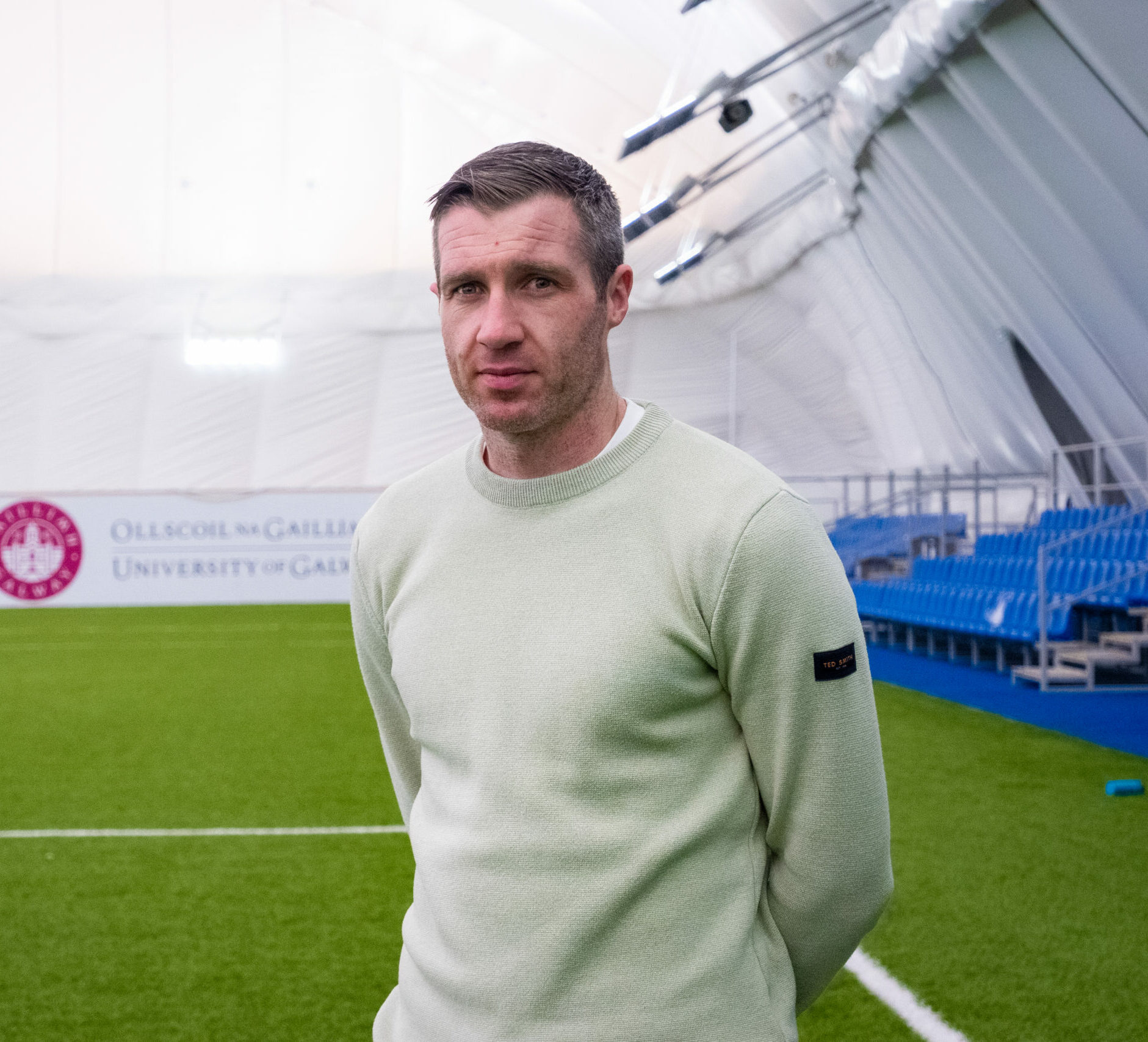
Cathal Cregg is Provincial Coaching & Games manager for Connacht GAA since 2018 having qualified with a BSc. , MSc and PhD in Exercise Science. He is responsible for promoting and overseeing the objectives and policies of the GAA nationally and provincially to ensure that they are carried out to maximum participation in the 5 Connacht counties. Prior to the current role Cathal held the Head S&C role with Connacht GAA for 5 years. He is also a GAA Award 2 coach and a qualified Coaching Ireland Coach Developer.
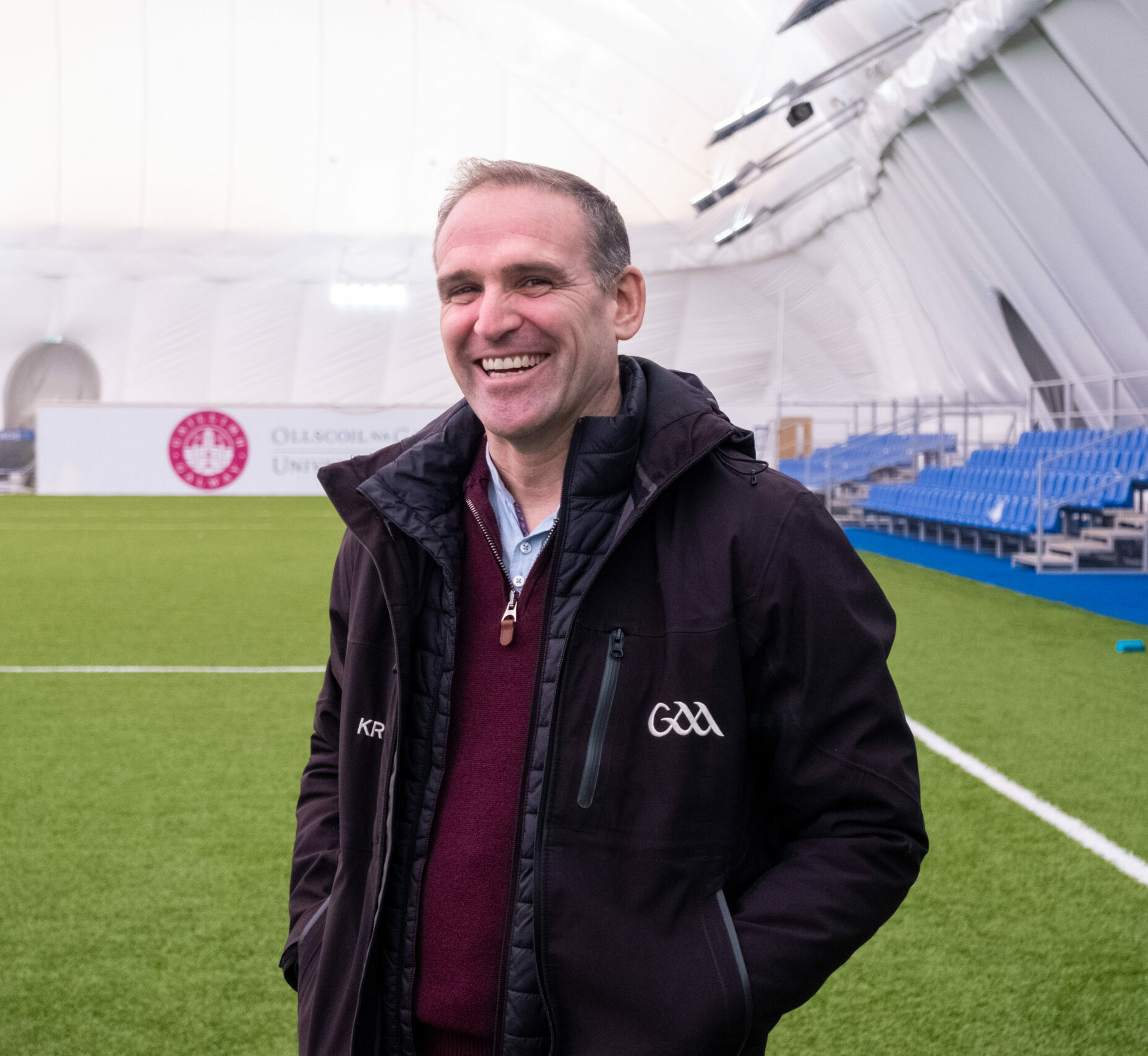
Kurt is current Facilities Manager at Connacht GAA, bringing considerable commercial experience from previous roles at M&M Qualtech, Sentinel Fuel Products, Eircom and West-Tec Security Systems. Kurt invented and brought to market the Oilguard product range exporting into 22 countries. He holds a 2015 - 2016 Business Management along with a robust skill set that includes Start Ups, Business Strategy, Business Planning, Entrepreneurship, International Business and more, Kurt contributes valuable insights to the industry.